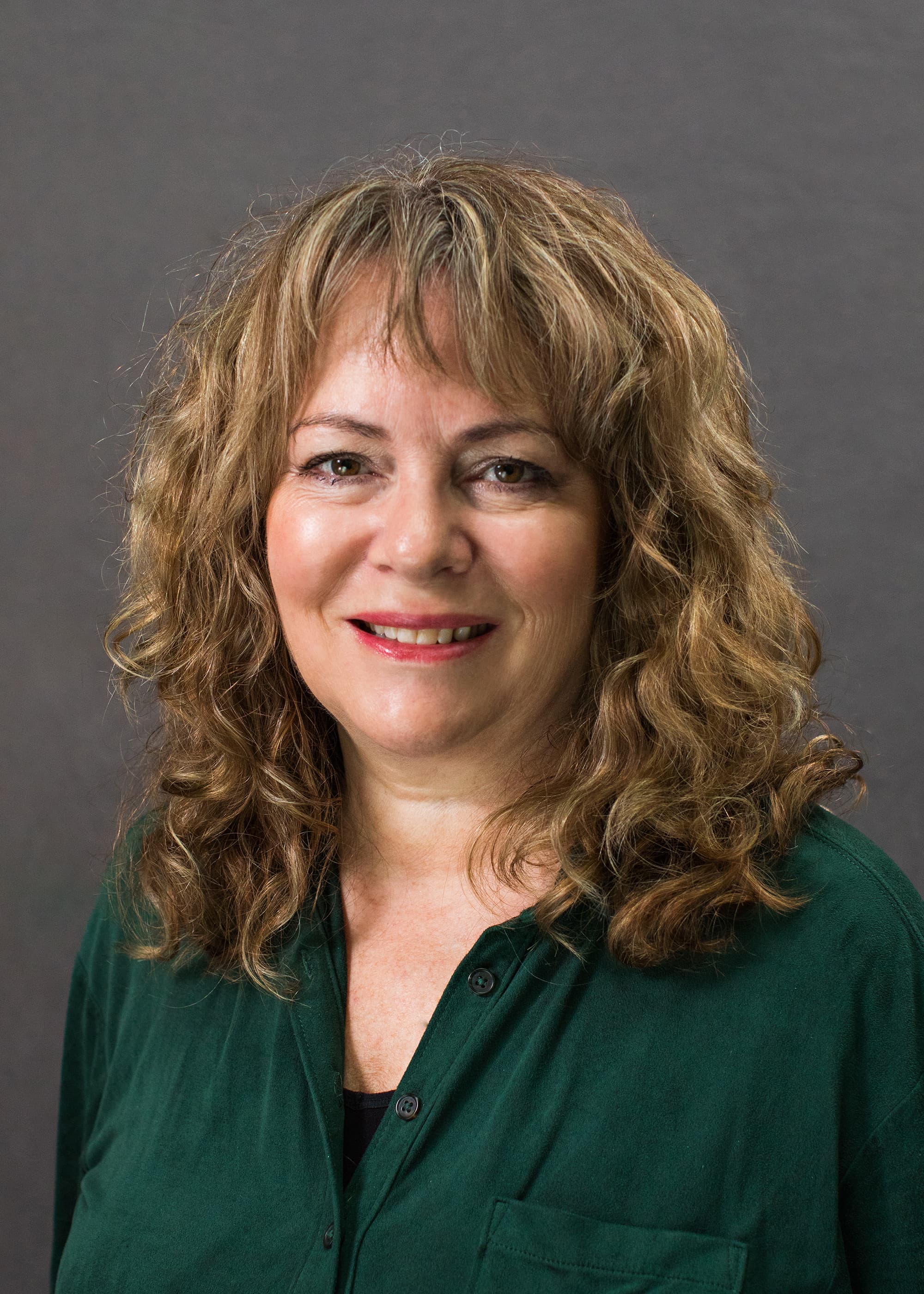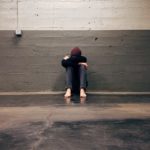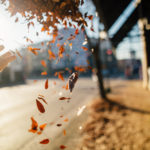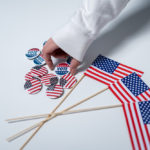I had planned to kayak with Paddle Out Plastic in the morning and pick up trash in the Port of Los Angeles with this volunteer group. The late-night fog horns told me a different story as the weather might not be ideal for kayaking.
In the morning, I look out my window, and the fog is gone. Instead of going out with the group off the boat launch at Cabrillo Beach, I like to leave from the inner beach and meet them at the breakwater near Angels Gate Lighthouse. What other city can you meet people on their boards and kayaks under a lighthouse in the same neighborhood with a lighthouse in a park and a restaurant called Lighthouse Cafe?
As I paddle to meet the group, I can see the ocean floor in great detail at inner Cabrillo Beach 20 feet down. Gliding past the closed fishing pier, the clear water spooks me, and I think about sharks despite years of scuba diving and being advanced certified. I like being alone, but not when my mind imagines what lurks below for a few fleeting minutes. I am distracted by pelicans and other birds that congregate near an area of the inner breakwall as I explore this area of San Pedro.
I think about the year that has passed since I first went out with Paddle Out Plastic to remove litter from the ocean. Witnessing the amount of trash in the port has had a lasting impact on me. Eva Cicoria, the Paddle Out Plastic founder, counts and categorizes all trash collected and reports it to the Marine Debris Tracker app under the NOAA list. Over the past year, Paddle Out Plastic has removed more than 40,000 pieces of trash from local waterways.
When I catch up to Eva and the other volunteers, we are along the breakwall where a tremendous amount of litter is mixed in with kelp. As we pull out what we can by hand, we make our way to the lighthouse. As we attempt to remove a large amount of Ziploc bags, single-use snack bags, straws, plastic bottles, and styrofoam, the fog returns. Eva suggests we go back in immediately, and I follow her. We head towards the boat ramp at first, but we are far out, and the visibility becomes poor quickly. We don’t want to get hit by a boat, so we stay close to the breakwall, and I am happy to be distracted with conversation and the sound of the foghorns. Soon we are back by the pier, and we say our goodbyes as she heads to the boat ramp, and I paddle to inner Cabrillo.
When I am not on my kayak picking up trash, I also pick up debris from inner Cabrillo Beach at low tide with a grabber. I find many interesting items, from a fishing reel to a full-size scooter and lots of golf balls. I am grateful I can make a difference, even if it is small. Leaning into a life with less waste, I now use more sustainable products like toothpaste in jars instead of tubes, reusable silicone Stasher bags instead of Ziplocs, and bamboo toothbrushes.
San Pedro is oceanfront, and our leaders must be invested in ocean conservation. The Port of Los Angeles should be taking steps to actively remove trash regularly from the harbor and provide education to boaters, contractors on the waterfront, and the community to help prevent and reduce litter in our local waterways. Adding kayak and standup paddleboarding (SUP) rentals at Cabrillo Beach would also help to increase the number of volunteers who can collect trash from the ocean. Ultimately, if these problems continue to be ignored, sea life and ecosystems suffer. spt
To find out more about Paddle Out Plastic, visit “Paddle Out Plastic” on Facebook or Instagram.







Comments